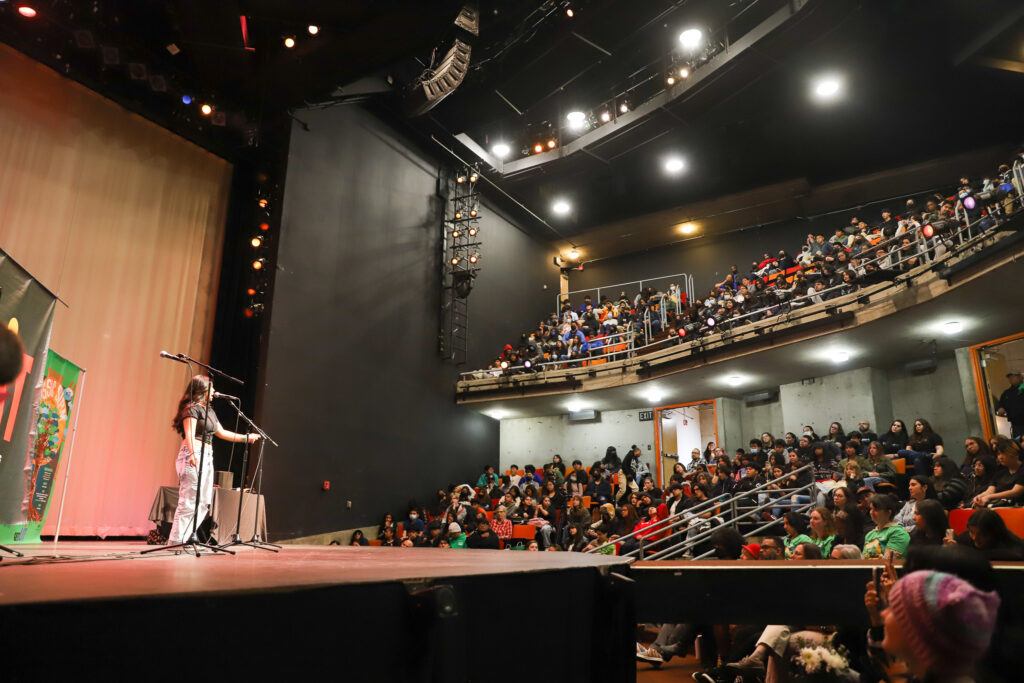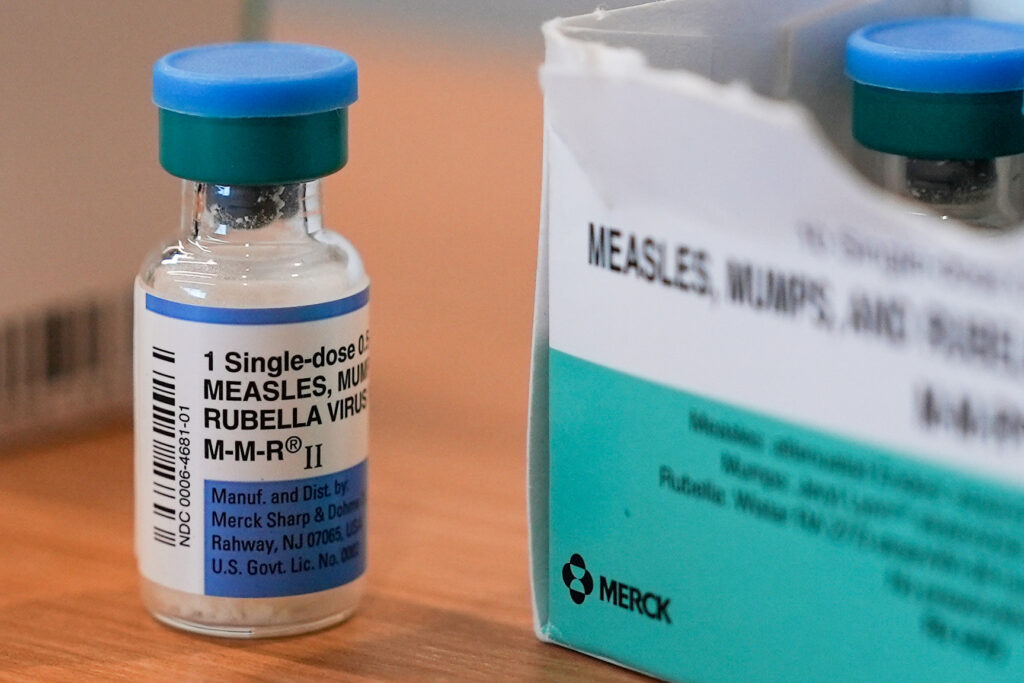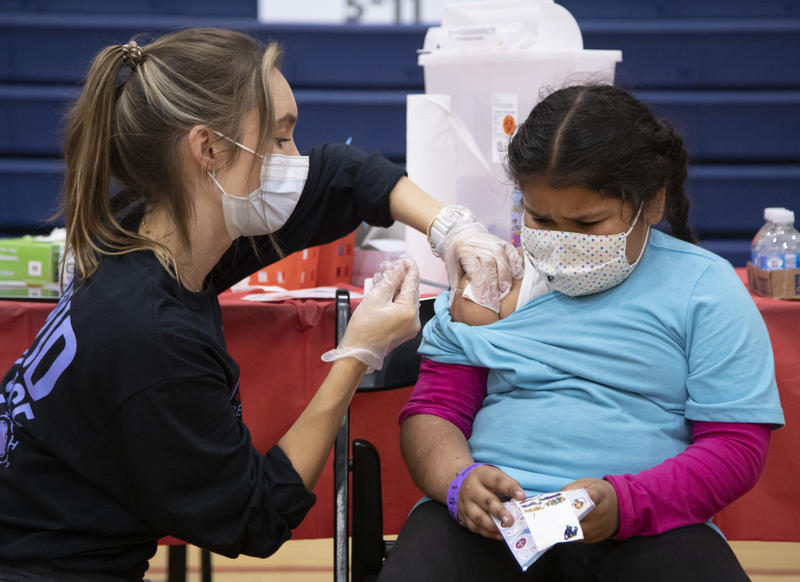
Credit: Julie Leopo / EdSource
As California’s 1.8 million community college students begin the term, many are forced to make a difficult choice — whether to spend hundreds of dollars on textbooks required to help them earn a degree, or to pay their rent or buy meals for their families. This is a choice that no one should have to make.
Thankfully, this choice could soon become obsolete with the establishment of zero textbook-cost programs throughout the California Community Colleges. Zero-textbook-cost programs are degree and certificate pathways in which students do not pay extra for course materials.
These programs largely rely on openly licensed materials that are free for faculty and students to use, edit and share. In 2021, Gov. Gavin Newsom appropriated $115 million for the state’s community colleges to implement zero-textbook-cost programs and develop open educational resources, paving the way for more affordable education for millions of students and positioning California as a leader and model for other states, stating the need to “deal with the racket … that is the textbook industry.”
However, this unprecedented $115 million investment may fall short of its potential.
More than two years have passed with no coordinated effort to determine what zero-textbook-cost programs exist or are being developed, assess gaps in available openly licensed resources, or implement meaningful ways for colleges to share resources to complete their pathways. In addition, no efforts have been made to develop a process for supporting resource co-creation across the system as required by California Education Code 78052, which states: “The chancellor’s office shall ensure that a grant does not result in the development or implementation of duplicate degrees for a subject matter to avoid duplication of effort.” Clearly, the legislation requires statewide coordination in order to “maximize impact for the benefit of the greatest number of students.” To date, the California Community Colleges Chancellor’s Office has done little to encourage the collaboration necessary to realize the legislation’s intent.
Despite the lack of coordinated preparation, a memo issued by the Chancellor’s Office on Aug. 21 specified an extremely short deadline of Sept. 15 for colleges to submit applications to access $88.55 million in Acceleration Grants, the balance of the available program development funding. Even with a provision for a six-week extension, this turnaround time would be problematic at any point in the year — but even more so when introduced without notice, at the beginning of an academic year, and with minimal guidance. These conditions make it nearly impossible for colleges to conduct the planning required to prepare a quality application. Additionally, while the colleges have received initial funds to plan and establish at least one zero-textbook-cost pathway by fall 2025, this timeline interrupts the Oct. 31 deadline for initial planning that colleges have underway.
Furthermore, the guidance and communication about these grants has been vague. The universal response across colleges has been dismay and frustration. Why would so little time be provided for the development of the application? How will applications be evaluated? And why is nothing being done to establish statewide coordination of the zero-textbook-cost work — as is necessary to achieve the intent of the legislation?
There are ways to fix this. First, the deadline to apply for Acceleration Grants should be extended, encouraging colleges to take the time to optimize plans to use the funds effectively — rather than pushing colleges to apply that may not be prepared to do so. Additionally, funding should be set aside for a subsequent round of grants, providing colleges with an incentive to engage in long-term planning.
Second, guidance should be provided to ensure that colleges do not simply use the funds to purchase textbooks — a quick but temporary fix to an ongoing problem. Further, accountability mechanisms are needed to encourage long-term solutions and the application of lessons learned from implementation efforts. Lastly, the Community College Chancellor’s Office needs to support coordinated resource development and tracking that would provide an easy way to see zero-textbook-cost pathways being created, as well as a means to identify resources that could be shared to maximize the impact of the funds — ensuring that money is not spent reinventing the wheel.
Open educational resources and zero-textbook-cost programs can have tremendous, positive impacts on the lives and success of students. But for that to happen, the state’s investment in these programs must be used wisely and coordinated effectively. If the California Community Colleges Chancellor’s Office amends its process, encourages collaboration among colleges, and gives colleges the time they need to plan, California students can reap the benefits of a more affordable, engaging education that leads them to better lives.
•••
Lisa Petrides, Ph.D., is CEO and founder of the Institute for the Study of Knowledge Management in Education and president of the San Mateo County Community College District board of trustees.
Michelle Pilati, Ph.D., is a professor at Rio Hondo College and project director, Academic Senate for California Community Colleges Open Educational Resources Initiative.
The opinions expressed in this commentary represent those of the authors and not of EdSource or their organizational affiliations. EdSource welcomes commentaries representing diverse points of view. If you would like to submit a commentary, please review our guidelines and contact us.






